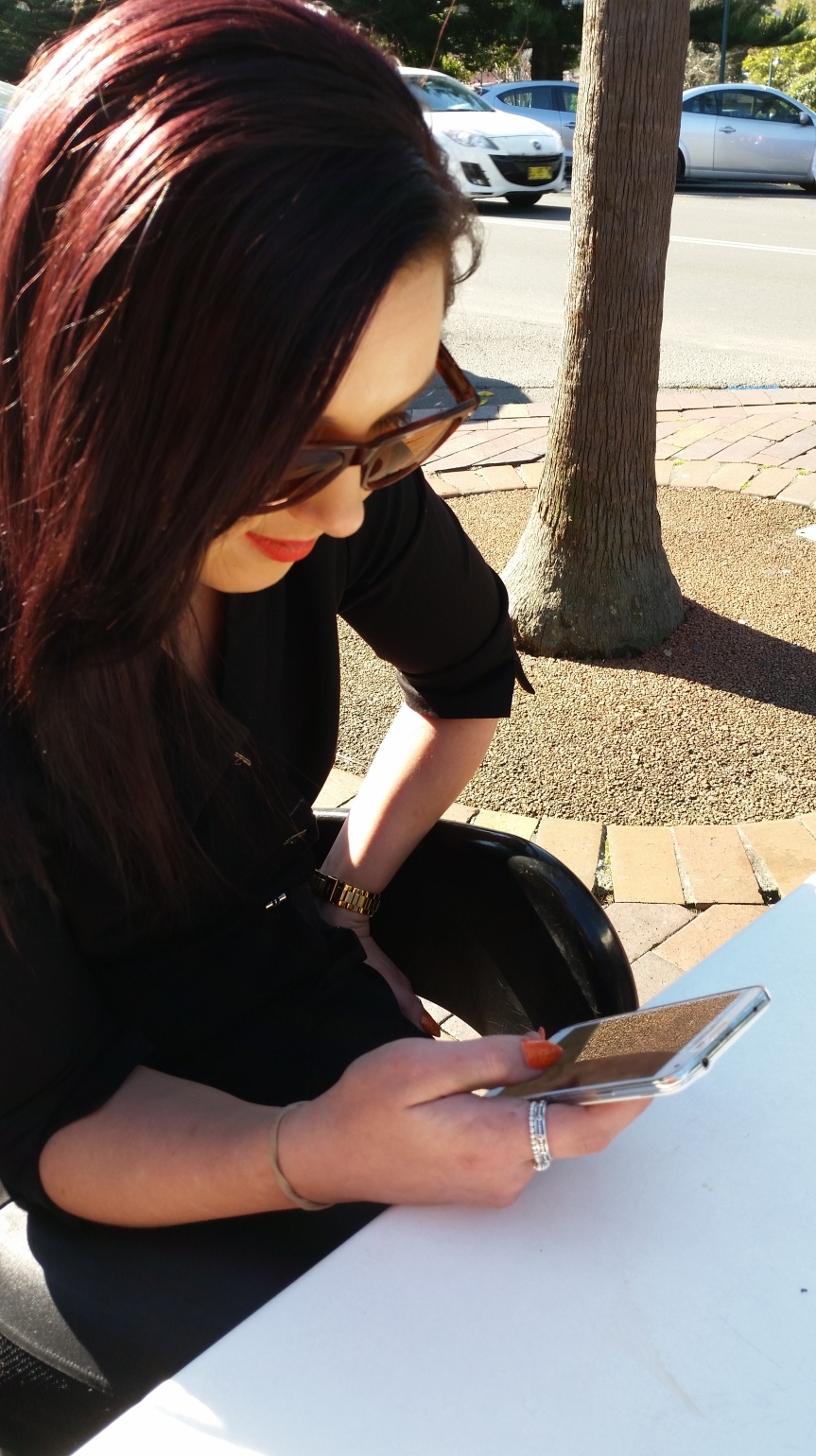It’s that time again, yes, time for another reflection. In my past reflection I talked mostly of my fear of failure, which I felt did transfer over to the assessment that the participants and I have just completed. In this final assessment for BCM240 – Media, Audience, and Place, I leaped back into the realm of TV, deciding to focus on television in space as stimuli for eliciting emotion and spatial memory. To view this project, please click here. Overall, I would say that this research project went well, as the final metamorphosis of the project emerged as a somewhat coherent whole.
However, I cannot say that the steps taken to reach this final metamorphosis have been smooth, as the path has been at times, laden with shards of glass. There were various elements that got in the way with this assessment, the first being my own stupidity. As we entered week 13, I realised that the assessment date was the 2nd of November and not the 6th, which ended up with me panicking because in my mind, I had just lost 5 days to work on this assessment. This resulted in me working under pressure, which I have often done before, but at least on those occasions I actually knew the correct due date.
Pressure can be hard to work with, as it can burden you with unnecessary mental distress which can be further influenced by time constraints, the difficulty of the task, insufficient knowledge, or unforeseen problems (Employability Skills: Working Under Pressure 2015). This project definitely burdened me with unnecessary pressure, which was due to my own fault because of my original perceived abundance of time. I would say that there were three main sources of pressure, the time issue pressure, the direction of the research project, and the research projects collaborative ethnographic element.
The direction of the research project bothered me initially from the outset, as I was interested in exploring two different areas. This indecision on my part caused me to suffer as I had not clearly defined the goals of my project, which in turn made the project suffer because I needed to take time out to define its trajectory. When the goals of a project are undefined, it can cause the people working on it and the project itself to suffer, something I ended up learning first-hand (University Alliance 2015).
The collaborative ethnographic element of this assessment, while I enjoyed it, proved to be a factor that I underestimated. Lassiter (2005) says that collaborative ethnography is an “…approach to ethnography that deliberately and explicitly emphasizes collaboration at every point in the ethnographic process, without veiling it—from project conceptualization, to fieldwork, and, especially, through the writing process.” The parts that I underestimated about this process fell into the areas of coordination and intellectual costs.
Coordination costs involve the time and energy that goes into group work that isn’t present in individual work, as the coordination cost can involve arranging meetings with the others involved and meeting up to complete work (What are the Challenges of Group Work and How Can I Address Them?). This is an area where I had trouble as I had to meet a participant to conduct an interview, which had to be taken a second time as I forgot to switch on the microphone.
The intellectual cost of this project involved the phenomenon known as transparency illusion, which involves a research member’s tendency to assume their thoughts, attitudes, and reasons are more obvious than they actually are (What are the Challenges of Group Work and How Can I Address Them?). This was a trap I fell headfirst into when conducting my interviews, as I needed to contact the participants afterwards to confirm some details that I found confusing.
Working within the framework of collaborative ethnography is something that I enjoy, but I feel that I have operated within this framework better in the past. I have no one to blame but myself as I believe it was the pressure that I put myself under which became my undoing. Although, keeping within the foundations of collaborative ethnography, I have included the participants of this research project in every process that has taken place, and they are happy with its outcome, as am I, to a degree. In the future, I think the important thing for me to remember is to get my dates right, so that I don’t create another slew of issues that will effectively derail my assessments from start to end.
References:
Ashley, D 2012, A Healthy Fear is Sometimes in Order and Even Wise…, Image, Flickr, viewed 02 November 2015, https://goo.gl/QYuOZL
Employability Skills: Working Under Pressure 2015, University of Leeds Careers Centre, viewed 02 November 2015, http://careerweb.leeds.ac.uk/info/4/make_yourself_employable/202/employability_skills/13
Lassiter, L.E. 2005, The Chicago Guide to Collaborative Ethnography, University of Chicago Press, viewed 02 November 2015, http://www.press.uchicago.edu/Misc/Chicago/468909.html
University Alliance 2015, Top 10 Project Management Challenges, Villanova University, viewed 02 November 2015, http://www.villanovau.com/resources/project-management/top-10-challenges/#.VjbT0S_oudA
What are the Challenges of Group Work and How Can I Address Them?, Carnegie Mellon University, viewed 02 November 2015, https://www.cmu.edu/teaching/designteach/design/instructionalstrategies/groupprojects/challenges.html


